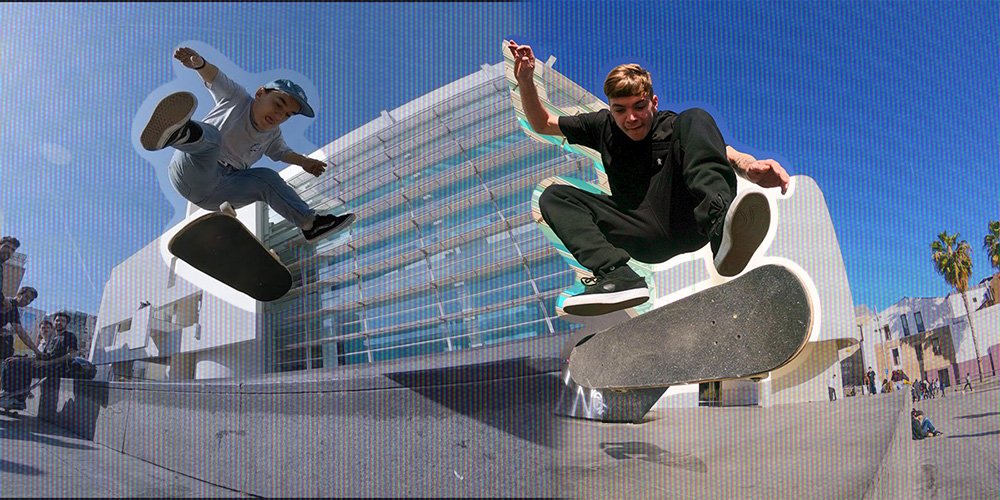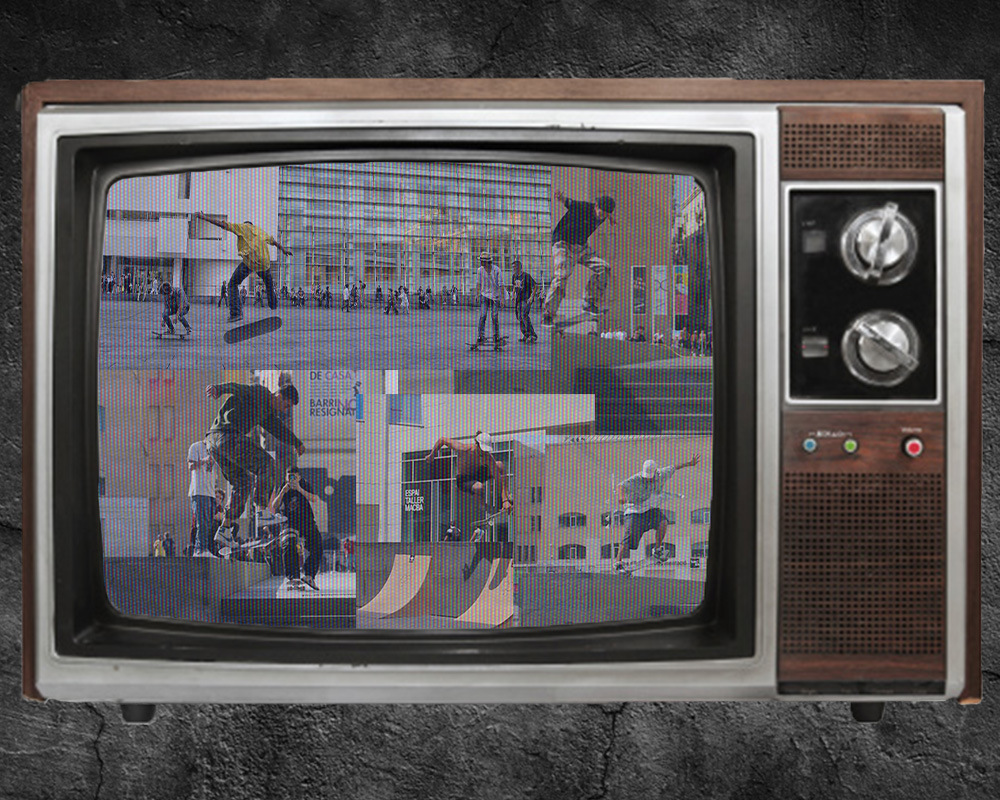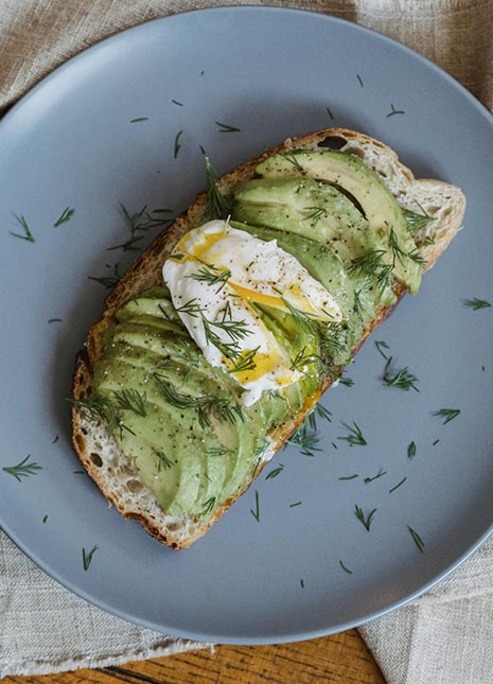
MACBA: The Full History Behind This Legendary Spot
You've probably heard of MACBA, the Museu d'Art Contemporani de Barcelona. But do you know the full history behind this legendary spot? Let's dive in.
MACBA was built in 1995 as part of a larger urban renewal project in the Raval neighborhood of Barcelona. The museum was designed by Richard Meier, an American architect who was also responsible for the Getty Center in Los Angeles.

The plaza in front of MACBA quickly became a hot spot for skaters, thanks to the smooth, flat surfaces and abundance of ledges, stairs, and rails. Skaters from all over the world attended MACBA, making it one of the most iconic skate spots on the planet.
But it wasn't always smooth sailing. In the early days, skaters were often harassed by security guards and police, who saw the plaza as a nuisance. Skaters fought back, organizing protests and working with local officials to try to secure the space as a legitimate skate spot.
Their hard work paid off, and eventually, MACBA became recognized as a cultural hub for skaters and artists alike. The museum even opened up a skateboarding exhibit in 2015, showcasing the history and culture of skateboarding in Barcelona.
But MACBA isn't just a skate spot - it's also a symbol of Barcelona's vibrant and diverse culture. The plaza has been the site of countless protests, performances, and cultural events, making it a hub for free expression and creativity.

Today, MACBA continues to be one of the most popular skate spots in the world, drawing in skaters from all over the globe. It's a place where people can come together to skate, create, and connect, all while celebrating the rich history and culture of Barcelona.





